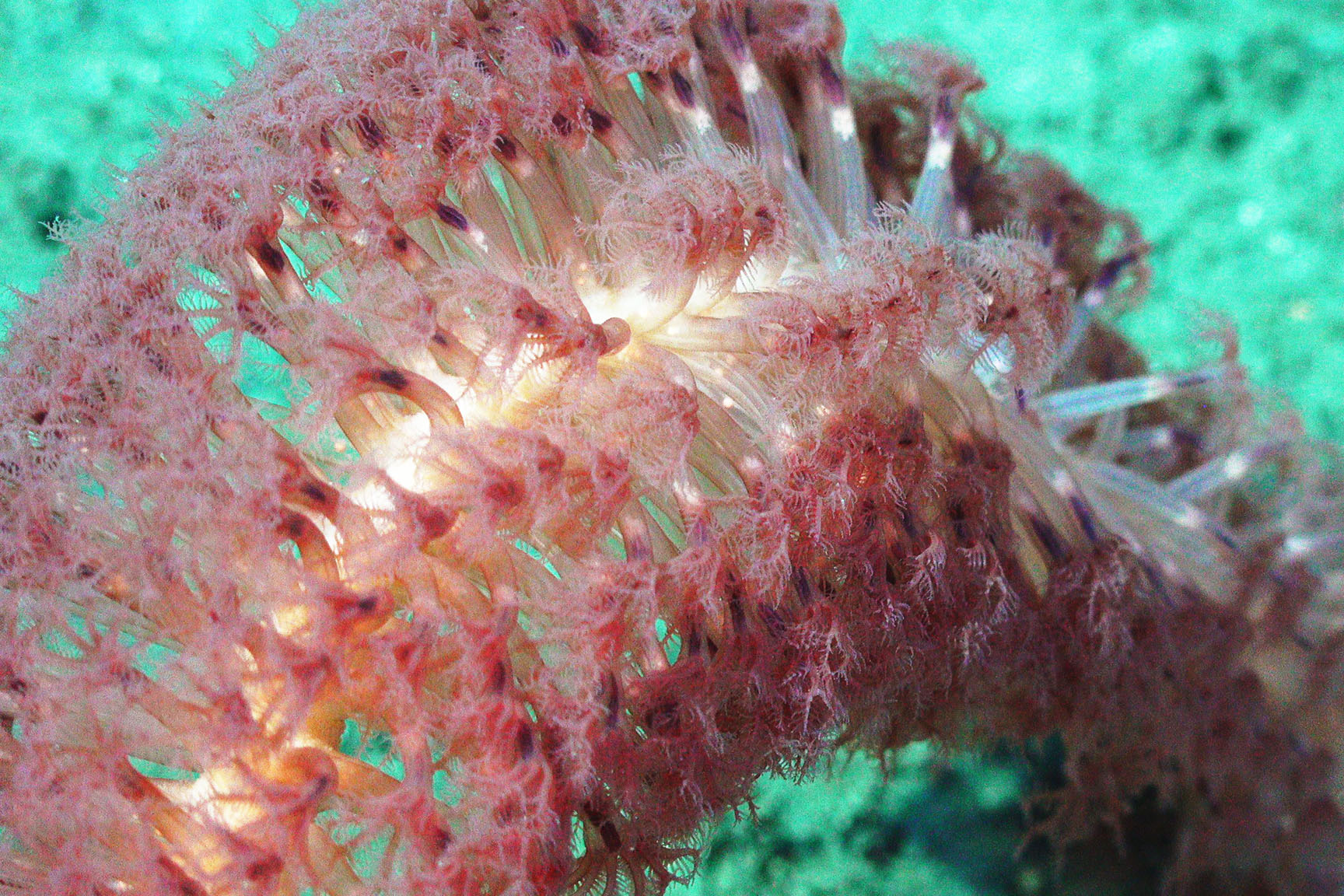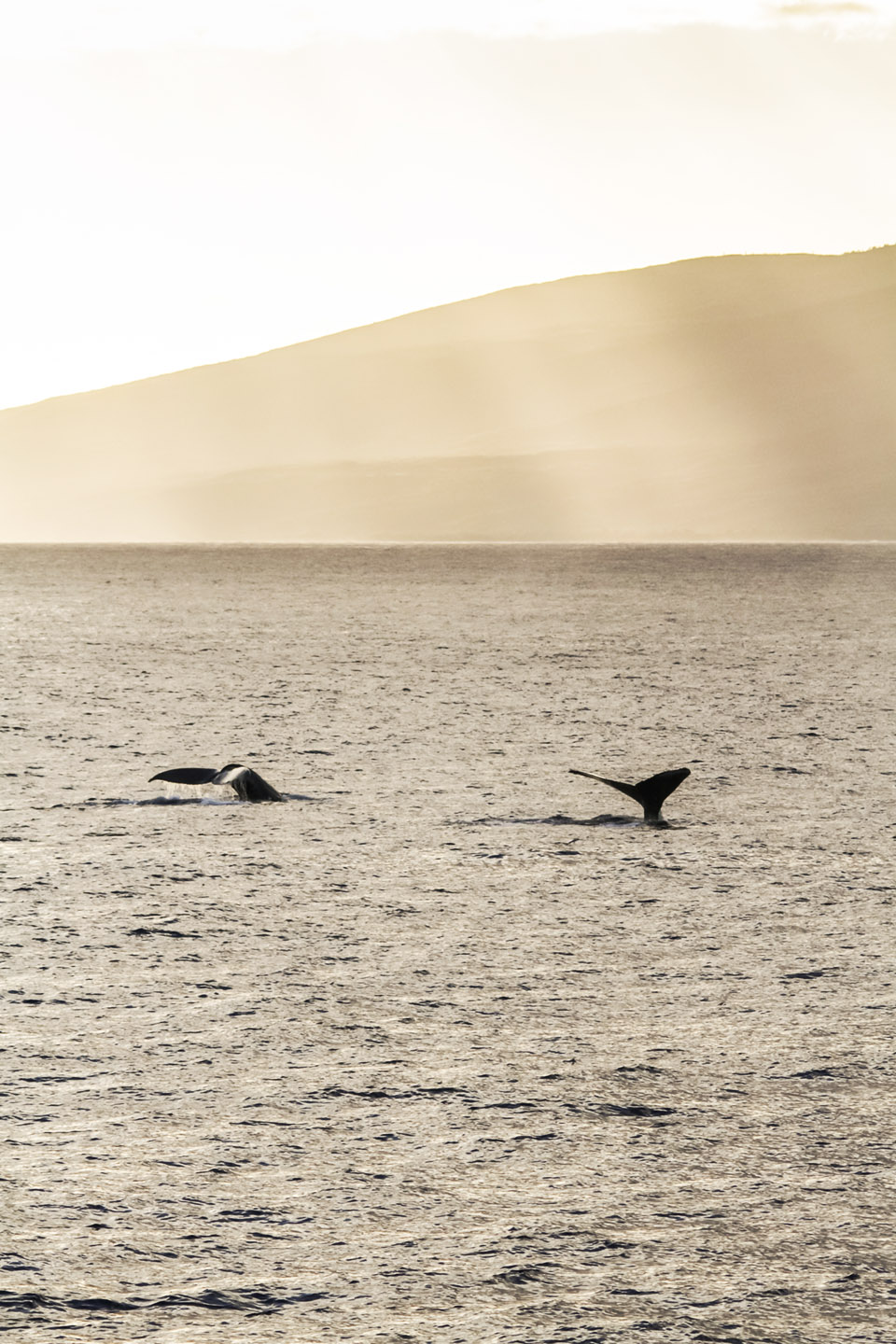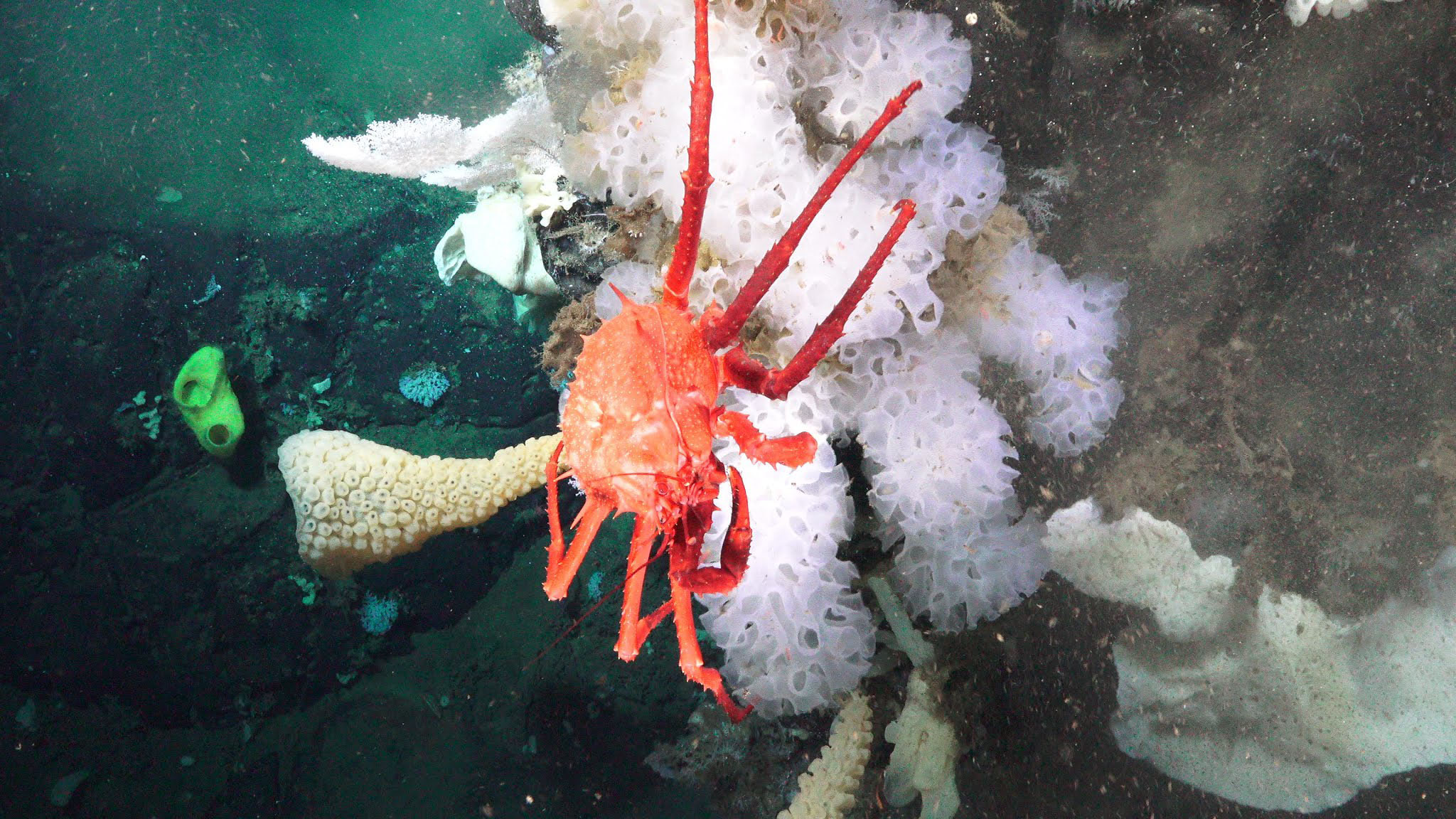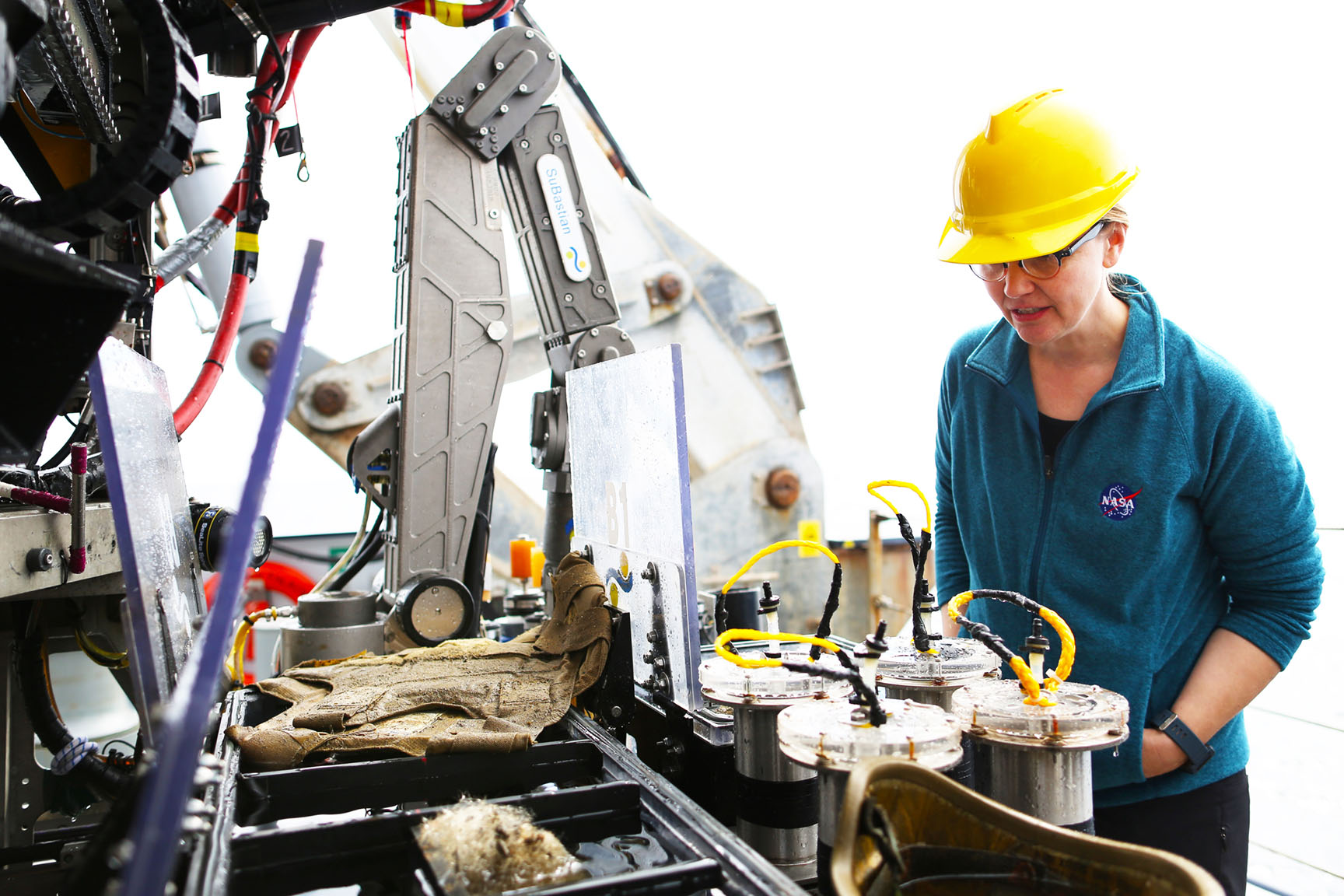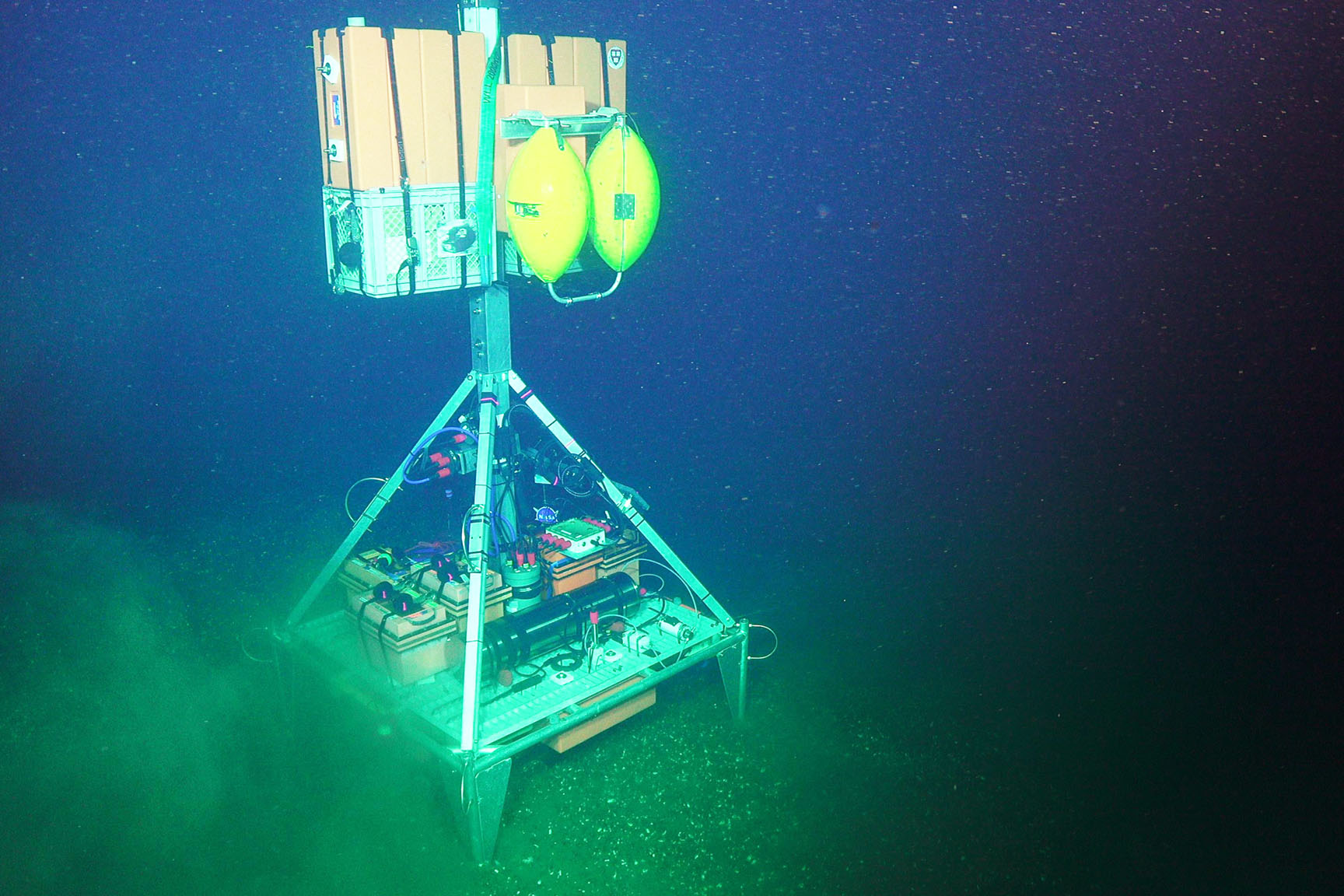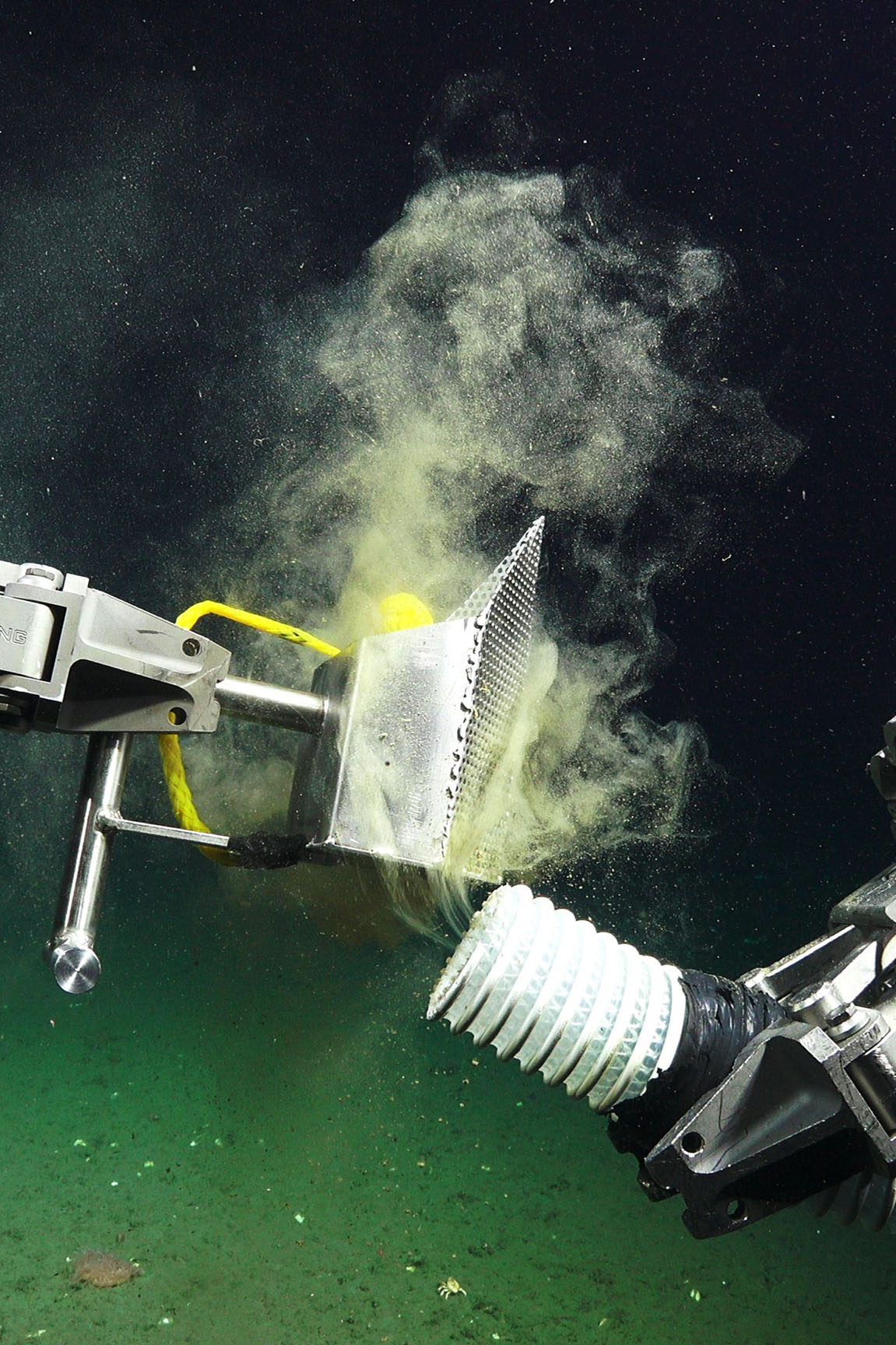 A plethora of submarine activity can be found on the seafloor where heat, water, and gases interact creating otherworldly ecosystems that host unique organisms and structures. Unfortunately, available observations of these marine habitats are patchy, discontinuous, and scarce.
A plethora of submarine activity can be found on the seafloor where heat, water, and gases interact creating otherworldly ecosystems that host unique organisms and structures. Unfortunately, available observations of these marine habitats are patchy, discontinuous, and scarce.
More quality data is needed to inform effective conservation and management. SOI is helping to expand the data available through digital characterization of marine habitats and processes for subsequent research, analysis, and open sharing.
METHANE SEEPS AND MICROBIAL “CASTLES” IN THE SOUTHERN CALIFORNIA BORDERLAND
In October, Falkor sailed down the coast of California, taking ROV SuBastian and NASA’s Planetary Science Technology Analogue Research (PSTAR) funded Autonomous Biogeochemical in situ Sensing System lander “ABISS” into the Southern California Borderland. The three-week expedition led by Dr. Peter Girguis, Harvard University, documented this important region through 17 ROV dives, including four sites that had never been visited by humankind.
These exploratory dives revealed extraordinary microbial communities. For example, the team discovered a site where microbes build “castles” through methane rich water that the microbes consume. ROV SuBastian spent nearly 200 hours on the ocean floor observing many rare species, including the seven-legged octopus (the fourth time the species has ever been seen alive). The team of shipboard researchers were joined by NASA engineer Betsy Pugel who participated in the deployments of the ABISS lander to further understanding of how seep communities function.
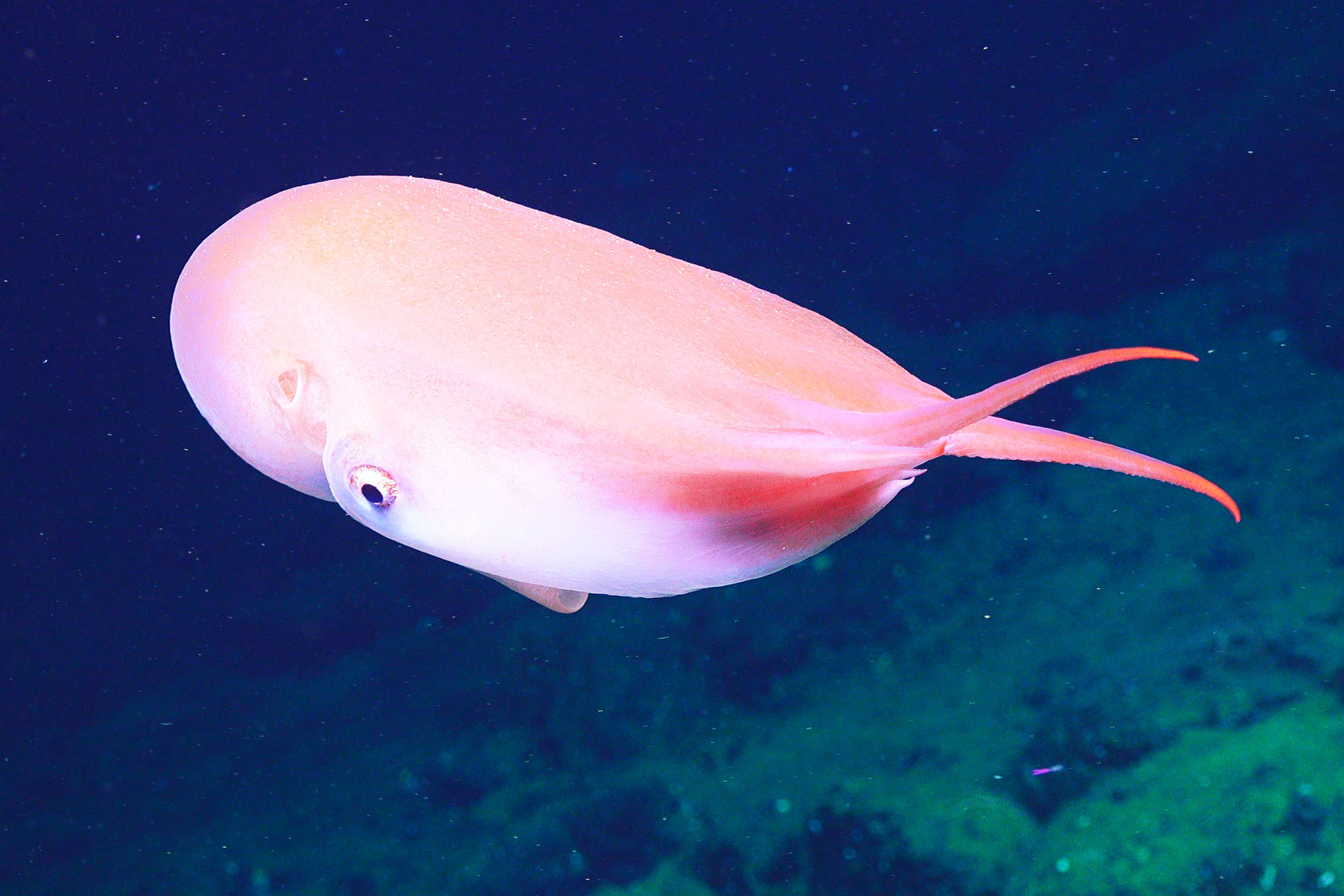
This expedition served as a testbed for studying microbial life on other ocean worlds, such as the moons of Jupiter and Saturn. Europa, for example, has a thick icy crust, but beneath that crust there may be life at the bottom, much like what the team observed during the ROV dives on this expedition. By working in the deep ocean waters on Earth, scientists can push the limits of understanding in existing hardware designs and engineering choices for missions in outer space.
The ABISS deployments have shown that methane venting is more episodic than previously known, which changes assumptions about methane escape from the seafloor to the atmosphere.
The science team is now working to produce a map of the contiguous seeps in the Southern Borderland, reshaping our understanding of connectivity among these habitats. They will analyze the animal relationships from the 300 open-access samples collected, including potentially new species found on the expedition. This data is critical to understanding connectivity of these habitats and the impact that the deeper communities have for lucrative fisheries.
The path to developing technology starts here with sophisticated tools like the ABISS and ROV SuBastian. We have to think about new ways to operate and communicate.
— Betsy Pugel, NASA scientist
CENTIMETER SCALE SEAFLOOR MAPPING IN THE SOUTHERN PESCADERO BASIN
At the end of October, Falkor sailed further south to the Southern Pescadero Basin within the Gulf of California, carrying Principal Investigators Drs. Robert Zierenberg, University of California Davis, Victoria Orphan, California Institute of Technology, and David Caress, MBARI. Autonomous and interactive seafloor mapping systems enabled the research team to discover a new hydrothermal vent and multiple new deep-sea organisms. The nested-scale mapping approach gave exploratory seafloor coverage to precision targeted sampling on the vents. The detailed maps provided a quantification of various microbial and animal communities in precise relation to geologic features and areas of focused hydrothermal fluid flow.
The new vent, JaichMatt, was identified using MBARI’s AUV that conducted exploratory seafloor surveys with one meter lateral resolution. Simultaneously, MBARI’s new Low Altitude Survey System was used on ROV SuBastian to map the previously discovered Auka Vent field at centimeter scale resolution using co-located multibeam sonar, light detection and ranging scanning laser, and stereo photography.
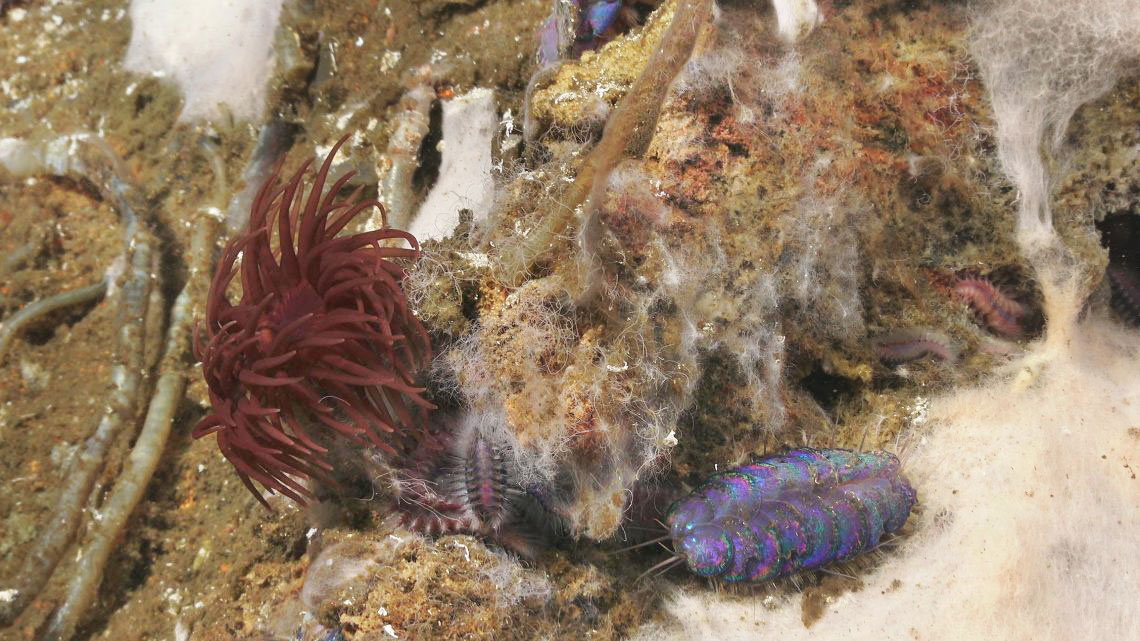
These three instruments worked in concert offering a holistic view of the seafloor. The biological communities and the geological and geochemical characteristics of these vent fields were then explored and sampled using ROV SuBastian. JaichMatt translates to “liquid metal” in one of the indigenous native languages to the Baja Peninsula. The name references the reflective hydrothermal fluid and seawater interface that was found pooled along the roof of a large cavern in the hydrothermal mound.
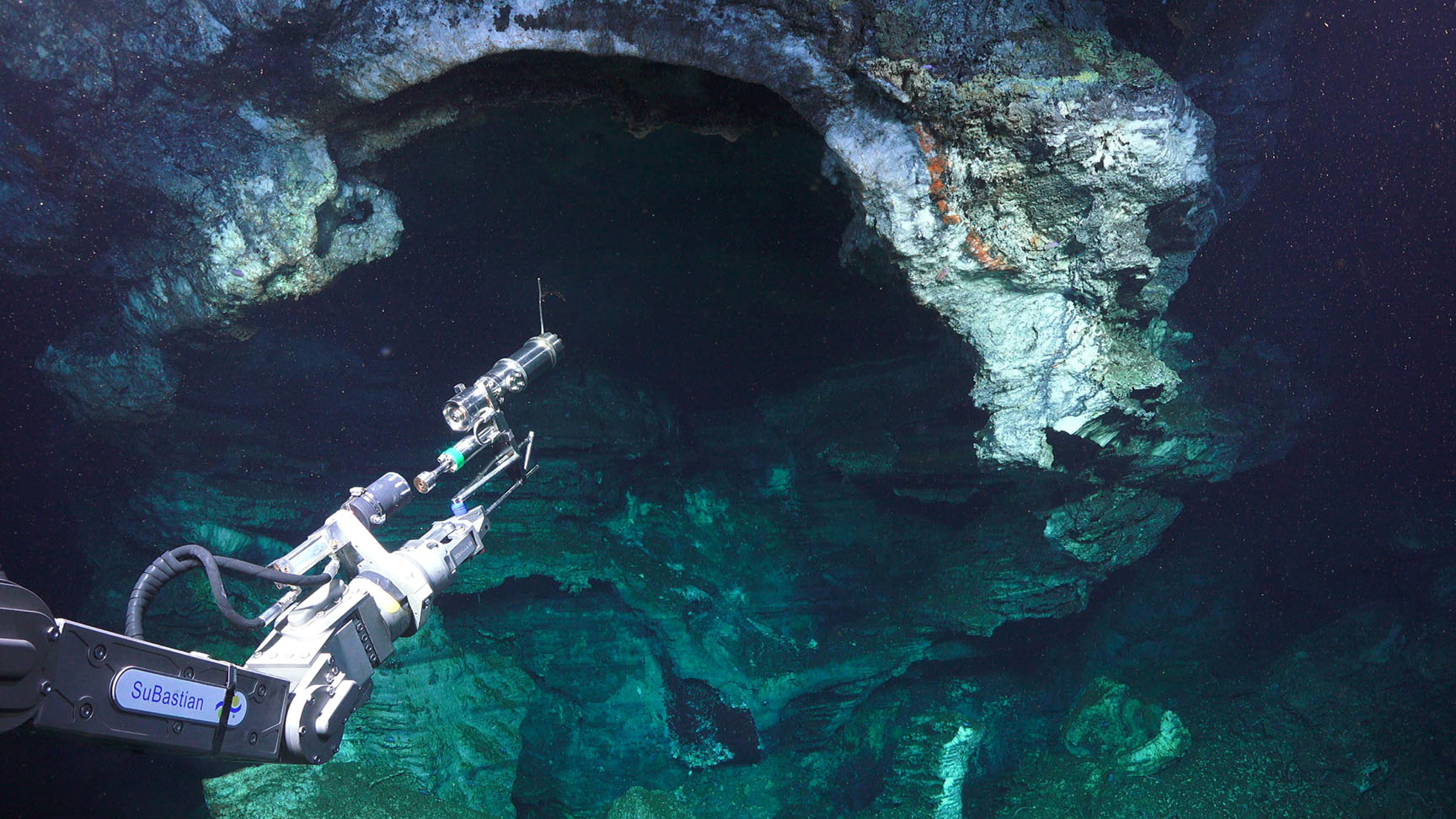
The new vent field consists of multiple hydrothermal calcite mounds up to 25 meters high that vent fluids up to 287°C. Groups of animals common in nonhydrothermal settings, including anemones, were observed in dense accumulations at the base of the mounds.
Collected volcanic rocks from the North and South Pescadero Basins confirmed the continental rifting that formed the Gulf of California has transitioned to seafloor spreading and the creation of new oceanic crust. The team also obtained the first documentation of hydrothermal hydrocarbon escaping from the seafloor in the Pescadero Basin area. This has only been sampled from a few such thermal systems, and the process is not well understood – yet it is a significant part of the carbon cycling story for the Gulf.
The Pescadero Basin is an important location to try to understand how vent fauna colonize similar sites around the globe. The detailed mapping will further allow investigation of the geological and geochemical controls on habitat suitability for different animal and microbial communities. Hydrothermal vents are an expression of submarine volcanism that is a globally important process and play a vital part in shaping the surface of our planet.
We are seeing these sites right now as they are in their full glory, and that lets us make comparisons to the past and future, with an eye on scientific decisions about conservation, management, or places for further investigation.
— Charlotte Seid, Scientist
